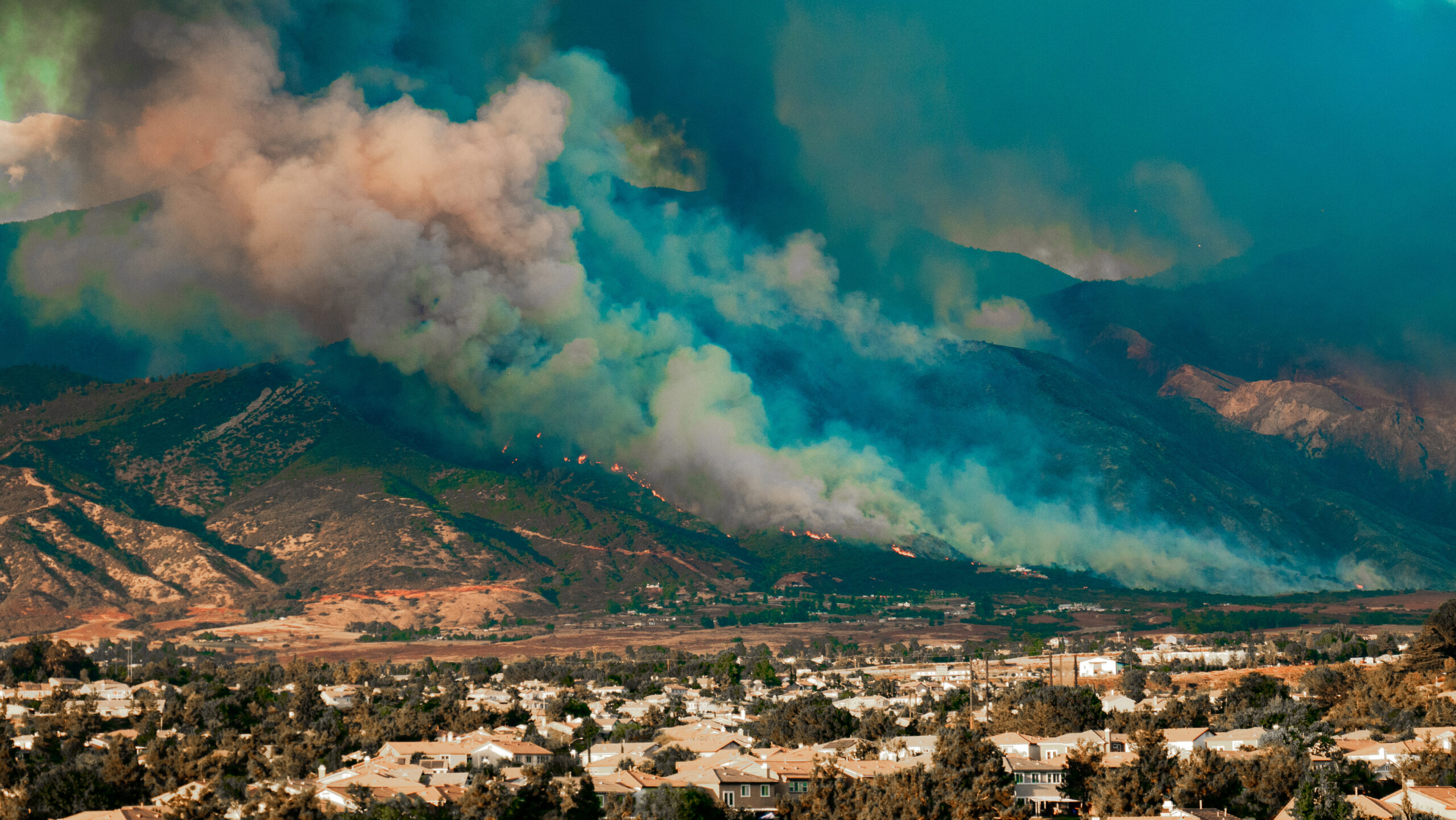
Artificial intelligence is a rapidly evolving technology. Its versatility and unique functions make it a prime candidate for firefighting. In addition, its processing speed is a significant benefit in a situation that demands a rapid response. Could it be the key to fighting wildfires?
Is AI-powered wildfire prevention mecessary?
Wildfires are becoming more common and severe yearly due to various environmental factors and human actions. They occur extensively worldwide, significantly impacting property, people and wildlife. The situation demands attention and a collaborative response.
In 2021, there were over 58,900 wildfires spanning more than 7.7 million acres. Humans simply can’t process that amount of information in time. Since fire often spreads faster than they can adequately manage, a technological solution is essential. Artificial intelligence (AI) may be the key to prevention and mitigation because of its unique capabilities.
Why is AI more useful than other methods?
Although various other methods can help detect, prevent or mitigate wildfires, AI has a significant advantage — it can analyze information at a dramatic pace. Typically, human intervention is not enough, even with other technological support. By one estimate, institutions don’t correctly analyze up to 90% of weather data due to the limited processing power people possess. An algorithm can rapidly automate processes, an incredibly useful feature for such time-sensitive situations.
With accurate input information, it can make precise predictions. It can also let institutions visualize their data, making collaborative action more likely — a significant benefit since wildfires are a global concern. Although other technologies may be useful, AI offers versatility and adaptability to a greater extent.
How can AI assist?
Since global wildfires have steadily risen since 2012, a modern technological solution is necessary. People have been using AI to help fight fires for a while, but the technology has quickly and significantly progressed in the last decade. Now, algorithm-driven drones, robots and cameras can accurately predict wildfire occurrence and impact.
AI can assist in fighting wildfires in four primary ways:
- Prediction: Algorithms can use historical and current information about an environment’s condition to make data-driven predictions.
- Detection: People can teach an AI how to detect signs of a wildfire. They can use the algorithm instead of having a human watch for potential indicators.
- Prevention: Once an algorithm notices abnormal activity, it can inform humans of a potential fire. If they respond quickly enough, they can prevent it from becoming severe.
- Mitigation: AI can instantaneously provide plans to mitigate wildfire damage. For example, algorithmic support systems can offer resource allocation insight and incident response plans.
An algorithm can automate reasoning and decision-making at speeds much faster than humans. With machine learning, it can evolve with new inputs to better identify signs and produce mitigation strategies. It can create an accurate local risk map, consider how weather changes impact fire chances or manage responses.
How is AI fighting wildfires?
Many organizations and institutions are incorporating AI into their wildfire prevention techniques. For instance, a research team at Stanford University created a machine-learning model to track and predict the spread of particle pollution caused by wildfire smoke.
It monitors air quality at an incredible speed and makes inferences based on its input data. Considering plant matter releases volatile organic compounds while burning, this method is of significant importance. Breathing in such contaminants is unhealthy for humans and animals. With the algorithm’s help, they plan to reduce exposure rates.
AI can also help support existing firefighting technology. For instance, a county in California added algorithm monitoring to its monitor display to free up dispatchers’ time. It consistently signaled them a full 10 minutes before witnesses called to make a report. It could recognize wildfire indicators and respond much more quickly than humans.
Originally, the county had 21 high-definition cameras providing constant photographs to emergency responders. While it was a helpful setup, it was simply not feasible to have an individual constantly stare at screens to spot minor potential signs of a wildfire. Their AI is more accurate and can process at a much faster pace.
AI is the key to fighting wildfires
Multiple businesses and agencies utilize AI to predict, detect and prevent wildfires. It can analyze indicators and make accurate decisions much faster than humans, a critical feature for a duty reliant on time. Its unique features make it the key to fighting wildfires.
